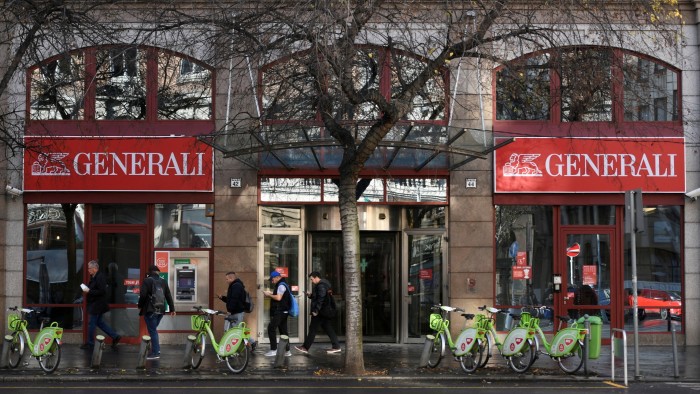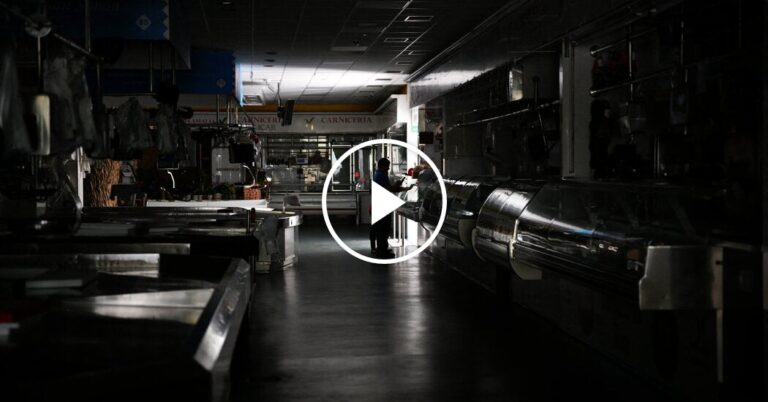
Stay informed with free updates
Simply sign up to the Workplace pensions myFT Digest — delivered directly to your inbox.
Company payments into UK staff pensions have fallen 16 per cent over the past three years, or 30 per cent after adjusting for inflation, prompting worries about whether businesses are doing enough to support employee retirement.
British businesses spent £36bn on employee pension contributions in the year to September 2024, according to figures from the Office for National Statistics published this month, down from a peak of £43bn in the same period three years previously, or £52bn after adjusting for inflation.
The fall in contributions was driven by a rapid rise in UK government bond yields. This improved funding levels for defined benefit schemes, which pay a fixed pension depending on salary, allowing companies to cut deficit reduction payments.
The figures come as the government has delayed a review of pensions adequacy, which had been expected to increase the amount staff and companies automatically pay into workplace retirement schemes.
The government has also announced it will loosen the rules to allow companies to access some of the £160bn in corporate DB schemes that it estimates are in surplus — where the value of the assets is higher than pension obligations.
“If the era of large employer contributions is over and in real terms far less is going into pensions as a whole, then we are storing up problems for tomorrow,” said Sir Steve Webb, partner at consultancy LCP and a former pensions minister.
“You can understand why employers, having faced very large and volatile costs, don’t want to go there again . . . actions on the legal [pension] minimums are even more important,” he added.
Companies paid £14bn into defined benefit pension schemes in the year to September. Three years previously, the figure was £27bn — or £32bn after adjusting for inflation.

Many DB schemes accrued huge deficits because a period of low interest rates led to an increase in the value of their liabilities.
But higher government bond yields in recent years have improved their funding levels. According to the ONS data, about 90 per cent of the decline in company payments into DB schemes was caused by lower deficit reduction contributions.
Over the three year period, employer payments into defined contribution schemes, which provide a pension that depends on investment performance, rose from £15bn to £22bn. Most private sector workers in the UK have DC pensions.
According to Bina Mistry, head of corporate pensions consulting at WTW, an increase in the number of employees paying into DC schemes was “largely the reason” that contributions had increased. “Over the last three years, there’s been no meaningful change in provision from companies on average.”
Under the current UK rules on DC pensions, workers are automatically enrolled and must pay in at least 5 per cent of their salary, plus a 3 per cent minimum from the employer.
Research by WTW found that larger companies tend to pay in more, making an average minimum contribution of about 7 per cent.
By contrast, employer contributions in the England and Wales local government pension scheme range from 15 to 27 per cent.
The Pensions and Lifetime Savings Association trade group estimates that a quarter of households with DC pensions will not have saved enough to have the minimum £22,400 a year it estimates that a couple needs for a basic standard of living in retirement.
“We need a legislative road map, with a phased approach to gradually increase contributions to 12 per cent of total earnings over the next decade for the majority of savers,” said Zoe Alexander, director of policy and advocacy at the PLSA.
In Australia, employers will have to pay in at least 12 per cent of salary into schemes from this summer, while recent legislation in Ireland mandates a 12 per cent minimum contribution rate, split 50/50 between employers and employees. In Italy, employers must contribute at least 7 per cent.






